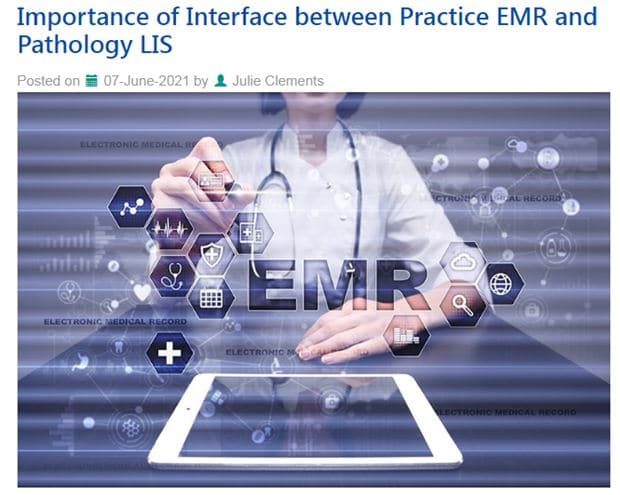 Up to 27 percent of nursing home residents are victims of drug errors, according to a Pharmaceutical Journal report based on a study published online in the 21 November 2016 issue of the Journal of the American Geriatrics Society. Among other things, the researchers found that errors in transcription had caused medication errors. This highlights the importance of reliable medical transcription services to ensure accuracy in medical records.
Up to 27 percent of nursing home residents are victims of drug errors, according to a Pharmaceutical Journal report based on a study published online in the 21 November 2016 issue of the Journal of the American Geriatrics Society. Among other things, the researchers found that errors in transcription had caused medication errors. This highlights the importance of reliable medical transcription services to ensure accuracy in medical records.
The team performed a systematic review of 11 studies published between 2000 and 2015 into the incidence of medication errors in nursing homes leading to hospitalisation or death. The population comprised thousands of were mostly female residents of nursing homes. About half of the subjects had a dementia diagnosis or cognitive impairment along with several comorbidities. The data showed that:
- 16-27% of residents were affected by medication errors, 13-31% by transfer-related errors, and 75% of residents had been prescribed a potentially inappropriate medication.
- Errors occurring at transfer of care were more often the result of drug omissions due to errors in medication histories, transcription mistakes, unavailability in pharmacy, and repeat errors.
- Though death was rare, medication errors causing mild effects ranged from 42-60%, moderate effects, from 3-36%, severe effects from 0-1%.
- The most frequent medication error was wrong dosage, and this was likely to cause the most harm.
The only consolation was that the proportion of cases causing serious harm including death was “surprisingly low”. The researchers recommend that nursing homes need a more sophisticated error recording system and better collaboration among healthcare personnel to prevent drug-related mistakes.
Many studies have reported medication errors due to documentation. A study published in 2011 in BMC Health Services Research which was based on a Swiss University Hospital, revealed that documentation errors occurred in 65 of 1,934 prescribed agents (3.5%). The incidence of patient charts with at least one error was 43%. Prescribing errors were found 39 times (37%), transcription errors 56 times (53%), and administration documentation errors 10 times (10%). A large proportion of errors was due to handwriting illegibility and occurred when prescriptions were transcribed into the patients’ chart.
Today, in the US, the adoption of electronic health records (EHR) and medical transcription outsourcing have overcome the problem of illegible physician handwriting. Dictation and EHR-integrated transcription are proving a feasible solution to document patient care. The expert teams in established medical transcription companies are well-versed in medical terminology and capable of understanding physicians’ orders, including drug prescriptions. Experienced transcriptionists can ensure complete, error-free medical documentation of patient history, examination, referral notes, and educational and instructional discussions. Such accurate documentation promotes patient safety and is supportive for physicians in the defense of malpractice claims.
To learn more about Drug Errors we have written a new blog “Drug Errors on the Rise in Nursing Care as well as in Homes” on July 24, 2017


